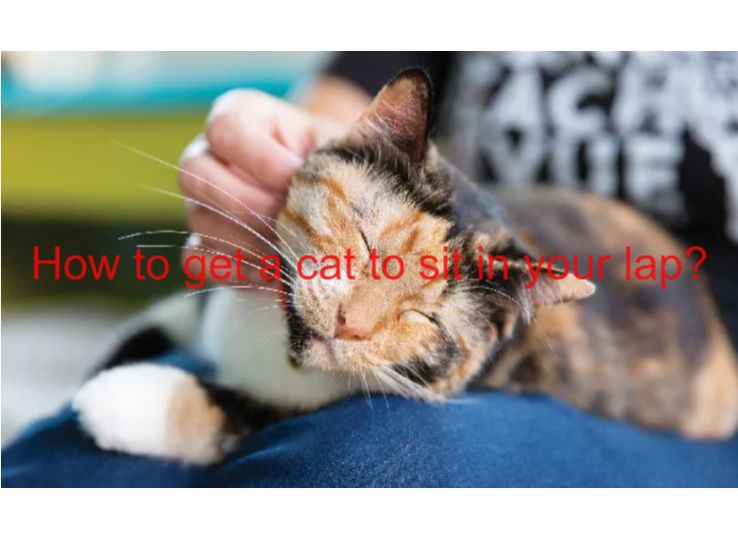How to Get a Cat to Sit in Your Lap? 5 Tips

Their independent personalities are one of the defining characteristics of cats. The cat is relatively solitary and does not overflow with love towards its owner or guardian like dogs do. For cat owners, this can be frustrating. There is a question about how to get a cat to sit in your lap from every cat owner. This article will discuss some important tips for getting your cat to sit on your lap.
Table of Contents
How to Get a Cat to Sit in Your Lap? 5 Easy Tips
Although some cats need love and would do everything to sit on your lap, whereas others can be nervous and appear indifferent. This often comes down to specific personality differences; however, occasionally, it can be due to a lack of socialization.
Cats that humans have not controlled throughout their first 3 to 7 weeks of life might have less of a feeling to be friendly and gamble onto your lap. If you hold one of those hesitant cats; however, have always required a loveable lap cat, there are some things you could attempt.
Is there anything more gratifying than cuddling up to a kitten or cat on your lap? However, not every cat makes a good lap cat! Thankfully, you don’t have to worry as we will tell you how to get a cat to sit in your lap with our tips.
1. Safe Environment
Cats need safety and security in their living environment to relax and let down their guard. She won’t feel comfortable in a stressful or chaotic environment. She won’t sit in your lap in this case. To make them sit in your lap, you need to provide them with a calm and relaxing environment.
2. Eliminate distractions
3. Allow your cat to come to you.
After you have created a calm environment, sit down, and let your cat approach you. One of the primary characteristics of a lap cat is that it likes to be with its caregiver.
4. Reward Your Cat with Treats
Toss treats one at a time as you hold them in your hand. Try tossing a treat on the couch if your cat responds positively. Eventually, place the treat on your lap. Be careful not to pet your cat or grab her during this time. Allow her to feel free to cross onto your lap. You must build trust to let her feel comfortable settling on your lap in the future.
5. Pet your cat Properly
Pay attention to what your cat may prefer by petting and affectioning her. Pet to relax rather than stimulate your cat. Longer strokes appeal to some cats, whereas shorter strokes that don’t reach every part of the body are preferred by others. When you stroke your cat near the base of his tail, see if he feels uncomfortable. It is a sensitive spot for many cats.
Finally, it’s all about trust.
Although not every cat can be a lap cat, nearly every cat can pick up to trust and will show our love in her position. It is known as unconditional affection for a reason, right? Besides, although I ultimately know that it’s difficult when a feline doesn’t look to respond to the affection and love, you shower on it the same way.
Frequently Asked Questions
Q: Why does my cat sit on my lap and then bite me?
Feline behavior remains a topic of controversy, but many believe overstimulation is the cause. An overly excited cat may bite in response to repetitive petting.
Q: How to tell if a kitten is going to be a lap cat?
Ideally, your cat should like to play calmly, but mostly it should enjoy napping with you. Also, make sure your new cat is calm and approachable. The chance of the cat developing into a lap cat is less likely if the cat appears frightened.
Q: At what age do cats become lap cats?
When a cat is 1 – 2 years old, he or she becomes a lap cat, but every cat will have different favorite times for cuddles and affection.
Conclusion
Cats vary in independence, and they all have different personalities. It isn’t in their nature to squish up on a lap to show affection even though we want our cats to cuddle and be held by us. However, you can turn your cat into a lap cat. Just read the tips on how to get a cat to sit in your lap, as mentioned above.






